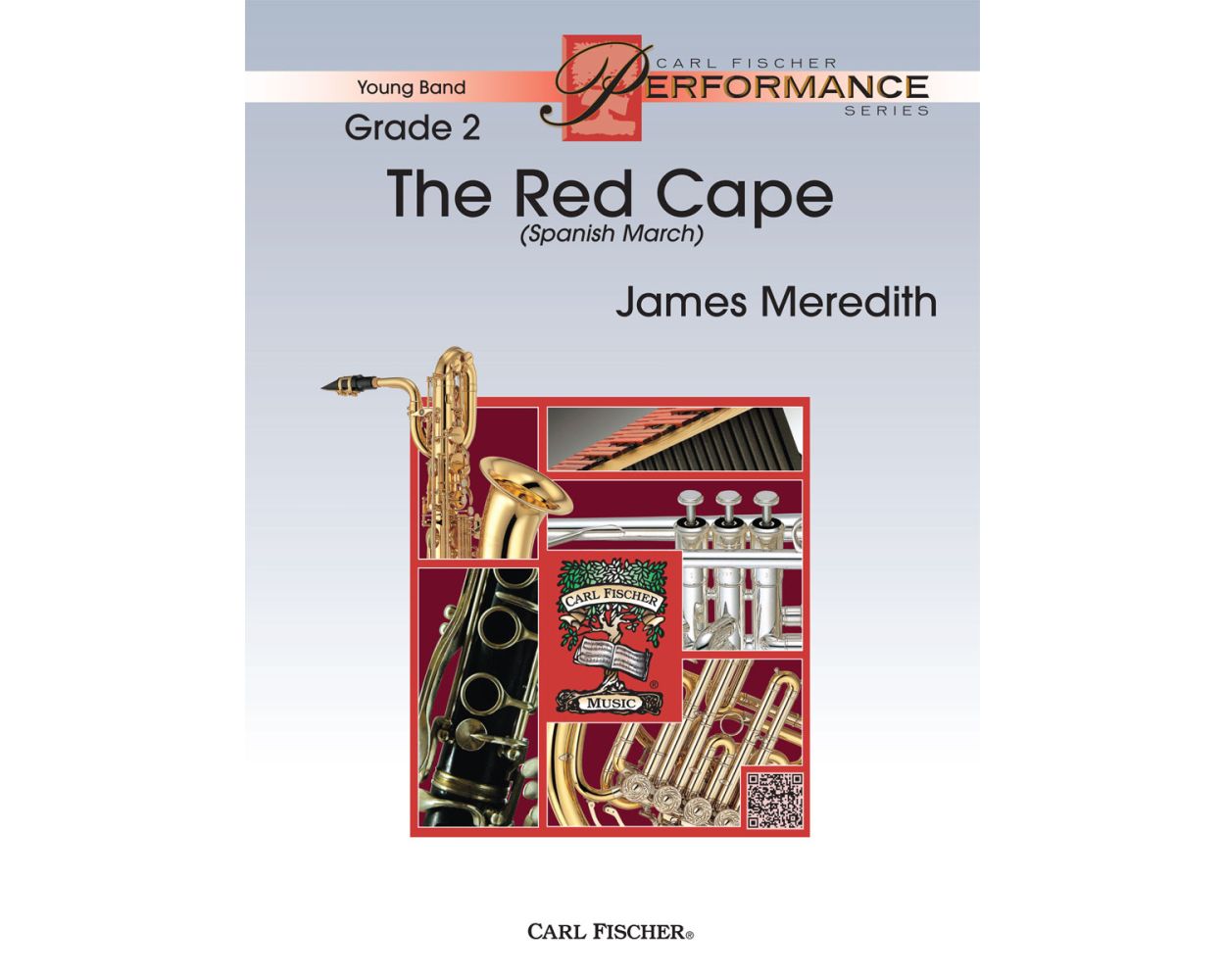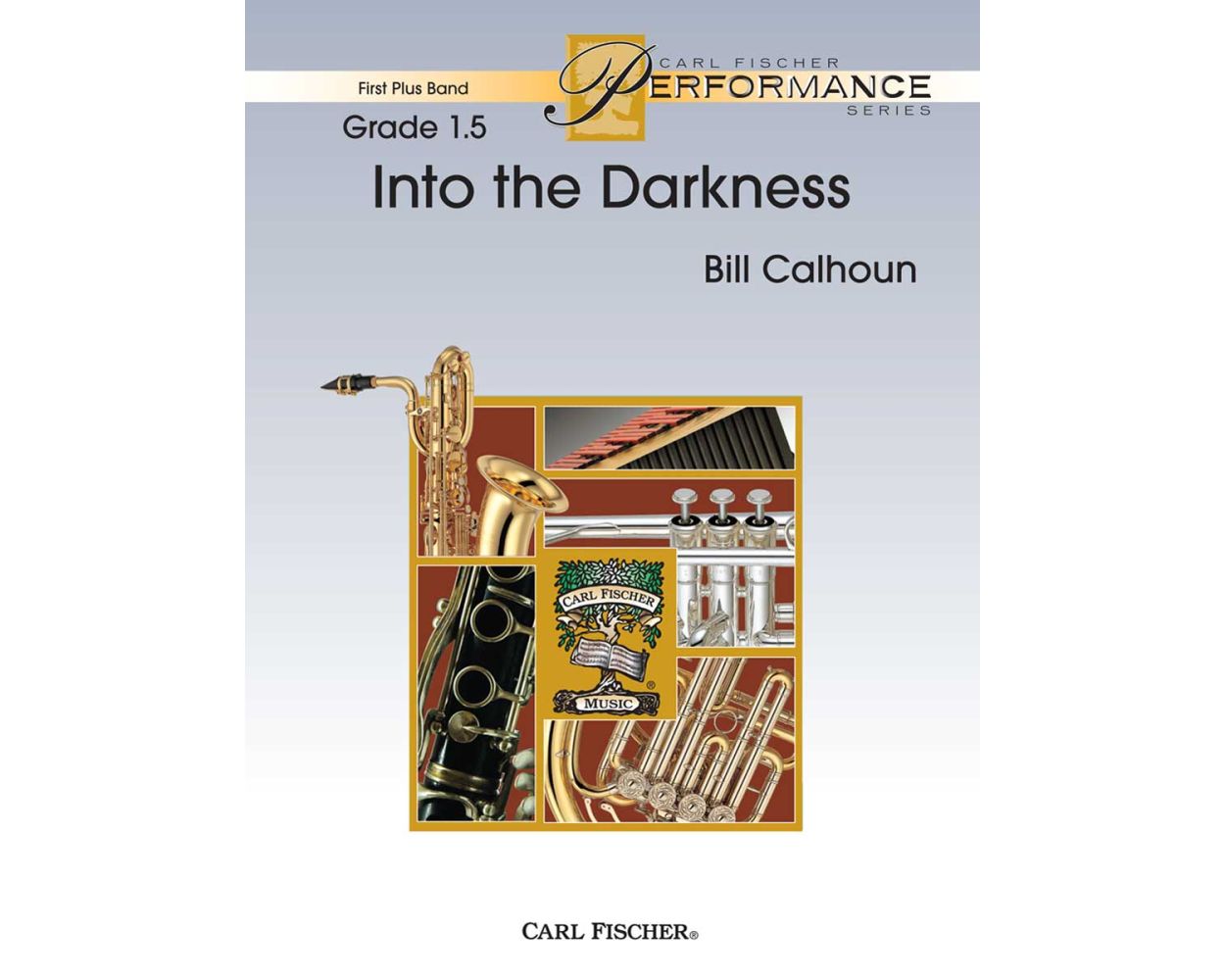Results
-
 £42.00
£42.00The Company Bugler
The Company Bugler is a march featuring the trumpet section of a 1st year band. It has all of the traditional trappings of a standard American march, aside from the modulation at the trio. Composed with the youngest of band students in mind, this simple march is the perfect introduction to the style.
Estimated dispatch 12-14 working days
-
 £42.00
£42.00The Dark Crusader - Donald Josuweit
This is the perfect song for teaching 6/8 time. It is all very easy with eighth notes in groups of 3 only. No quarter/eighth rhythms, so it is easy to get the students to feel the triple meter. It is also a great song for getting the first clarinet players to play over the break. For the 1st half of the song, they play low notes. From low A, they press the register key and get the E in the staff, thus making it easy and fun to play the higher notes. It is an exciting work and one of NMP's best sellers. The first trumpet's highest note is C.
Estimated dispatch 12-14 working days
-
 £68.00
£68.00Il Bersagliere (The Italian Riflemen) March - Edoardo Boccalari
Carl Fischer proudly welcomes this great Italian march back into its catalogue. This new edition not only provides the band conductor with a full score, but the full size parts are more readable by the performers as well It is a challenging italian style march that is considered by many to be among the best ever written. Van Ragsdale's edition is true to the original.
Estimated dispatch 12-14 working days
-
 £94.00
£94.00Clarinet on the Town - Ralph Hermann
Clarinet on the Town is a modern novelty clarinet solo of medium difficulty. It begins with a bright, romping section, going next to a blues section, and finally returning to the first theme with a real curtain-raising" coda. Its capricious character makes this a good encore number." (Program note)
Estimated dispatch 12-14 working days
-
 £49.00
£49.00The Greenbelt at Dusk - Gabriel Musella
This is a stunningly beautiful ballad for young band by composer Gabriel Musella. It is the perfect vehicle to stretch the musicianship of your maturing ensemble. Mr. Musella draws from his years of experience teaching bands in Texas to provide us with a heartfelt piece that is a study in instrumental color and textures.
Estimated dispatch 12-14 working days
-
 £57.00
£57.00The Red Cape
Looking for an alternative to the same old American style march for festival? The Red Cape may be your answer. It is written in a Spanish style reminiscent of some of the classic Spanish marches like Amparita Roco, but it is within the technical limitations of young bands. Composer James Meredith draws on his many years of being a band director to give us something fresh and different for your next contest or festival warm-up march.
Estimated dispatch 12-14 working days
-
 £53.00
£53.00Refining The March Style
Based on our popular New Bennett Band Book series, we have compiled march-style warm-ups in a separate publication so they may be used by all bands wishing to learn from them. These innovative warm-ups and fundamental drills are the ultimate method of teaching and reinforcing the March style.
Estimated dispatch 12-14 working days
-
 £49.00
£49.00The Airships
The Airships floats just like the aircrafts the piece is named after, inspired by composer George Sweet's childhood love of fantasy and adventure novels. Bold and strident, the dramatic ending of The Airships will inspire great confidence in your students.
Estimated dispatch 12-14 working days
-
 £57.00
£57.00Mustangs - The Spirit of the West
This piece was written by composer Larry Clark to depict the majesty of mustang horses that roam free in the American West. It is cast in a standard overture form with an opening section reminiscent of the music of western movie soundtracks. Followed by a lush and beautiful contrasting slow section, Mustangs - The Spirit of the West depicts the grace and power of these wonderful animals. This is a great choice for contest and festival performance for the young band.
Estimated dispatch 12-14 working days
-
 £44.00
£44.00Into the Darkness - Bill Calhoun
From its mysterious introduction to its dynamic finale, Into the Darkness transports you to the fantasy world of the supernatural. Composed in D minor, the serious nature of Into the Darkness will spark your students' interest, creating an emotional performance and musical intensity for their audience.This piece gives you ample opportunity to teach musicianship and new rhythms to your group.
Estimated dispatch 12-14 working days
